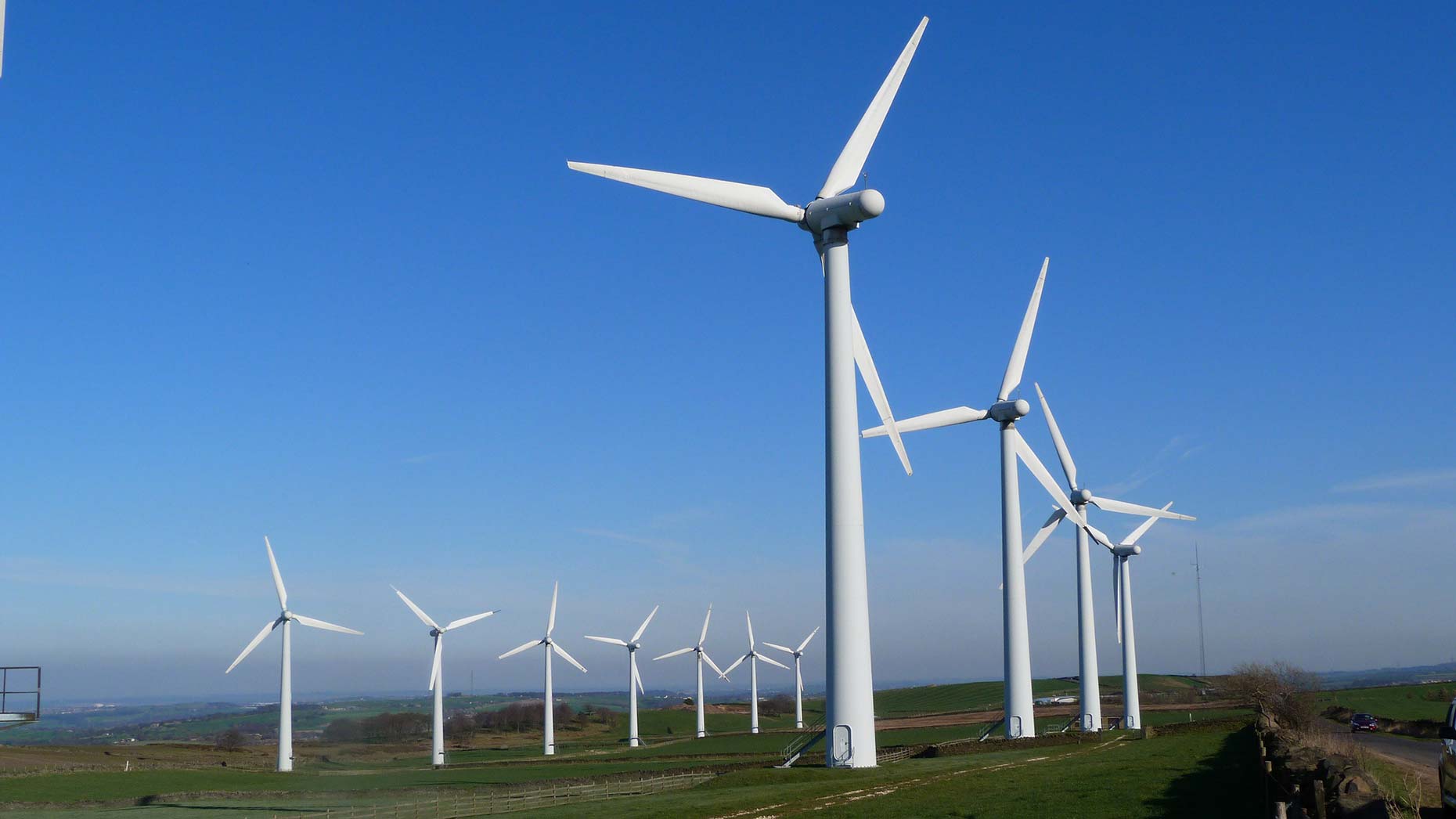The Kenya Electricity Generating Company (KenGen) is set to construct additional turbines on its Ngong Wind firm in an effort to increase the current power output of 25.5MW by 10 more megawatts.
According to an environmental impact assessment study report the company filed with the National Environment Management Authority (NEMA) for the project, the proponent (KenGen) is proposing to set up a 10MW Ngong Phase Three A wind project at Ngong Hills in Kajiado West sub-county.
“The project will include the design, manufacture, transportation, installation, testing and commissioning of the wind farm project by KenGen.” the report stated.
Also Read:Morocco to receive US $34.6m grant to support sustainable development
Ngong Hills Wind Power station
The power station is located in the northern foothills of Ngong Hills, near the town of Ngong, in Kajiado County, approximately 35 kilometers (22 min), by road, southwest of Nairobi and on an about 80-hectare piece of land, which KenGen had leased from the Kenya Forest Service.
Ngong Hills Wind Power Station was initially commissioned in 1993 with two wind turbines donated by the government of Belgium. The two turbines retired and this led to a second commissioning in 2009 after an installation of new hardware. In the beginning of 2013, Kenya Electricity Generating Company, began adding new turbines and by 2015, when the work was finalized, the power station’s generation capacity had increased from 5.1 to 25.5MW.
Kenya Electricity Generating Company
Kenya Electricity Generating Company PLC, (KenGen) is the leading electric power generation company in Kenya, producing about 75% of electricity capacity installed in the country.
The company utilizes various sources to generate electricity ranging from hydro, geothermal, thermal and wind. Hydropower is the leading source of power, with an installed capacity of 819.9MW. Geothermal is currently at 533.8MW and the total thermal capacity is 253.5MW while wind comprises 25.5MW.
The company has installed energy capacity of 1,631MW. It expects to generate another 410 MW from wind, 2,029MW from geothermal and 90MW from hydro power by 2028. Additional 40MW will be sourced from solar energy pushing the firm’s capacity to 4,200 MW.

